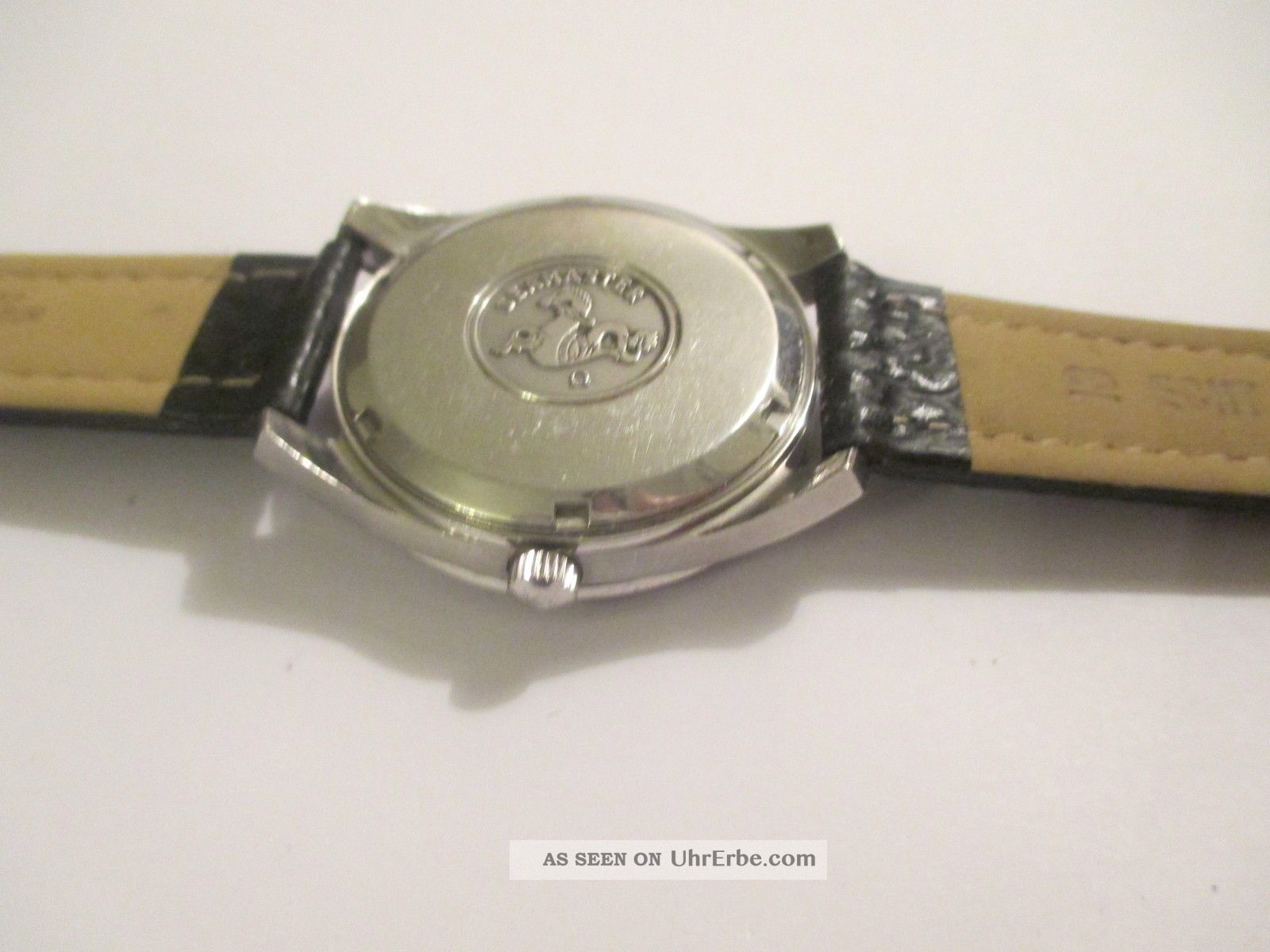

The first thing to be improved was the escapement. The increased accuracy of the balance wheel focused attention on errors caused by other parts of the movement, igniting a two-century wave of watchmaking innovation. This innovation increased watches' accuracy enormously, reducing error from perhaps several hours per day to perhaps 10 minutes per day, resulting in the addition of the minute hand to the face from around 1680 in Britain and around 1700 in France. Ī rise in accuracy occurred in 1657 with the addition of the balance spring to the balance wheel, an invention disputed both at the time and ever since between Robert Hooke and Christiaan Huygens.
#Vintage rado electronics portable#
The application of the spiral balance spring ( spiral hairspring) for watches ushered in a new era of accuracy for portable timekeepers, similar to that which the pendulum had introduced for clocks in 1656. ĭrawing of one of his first balance springs, attached to a balance wheel, by Christiaan Huygens, published in his letter in the Journal des Sçavants of 25 February 1675. Īs of December 2019, the most expensive watch ever sold at auction (and wristwatch) was the Patek Philippe Grandmaster Chime Ref. As of 2018, the most expensive watch ever sold at auction was the Patek Philippe Henry Graves Supercomplication, the world's most complicated mechanical watch until 1989, fetching US$24 million ( CHF 23,237,000) in Geneva on 11 November 2014. However, expensive collectible watches, valued more for their elaborate craftsmanship, aesthetic appeal, and glamorous design than for simple timekeeping, often have traditional mechanical movements, even though they are less accurate and more expensive than electronic ones. Most watches that are used mainly for timekeeping have quartz movements.
#Vintage rado electronics Bluetooth#
Furthermore, some modern watches (like smart watches) even incorporate calculators, GPS and Bluetooth technology or have heart-rate monitoring capabilities, and some of them use radio clock technology to regularly correct the time. Most electronic quartz watches, on the other hand, include time-related features such as timers, chronographs and alarm functions. For mechanical watches, various extra features called " complications", such as moon-phase displays and the different types of tourbillon, are sometimes included. In general, modern watches often display the day, date, month, and year. They generally incorporate timekeeping functions, but these are only a small subset of the smartwatch's facilities. Developments in the 2010s include smartwatches, which are elaborate computer-like electronic devices designed to be worn on a wrist. Historically, this is called the quartz revolution (also known as quartz crisis in Switzerland). By the 1980s the quartz watch had taken over most of the market from the mechanical watch. In the 1960s the electronic quartz watch was invented, which was powered by a battery and kept time with a vibrating quartz crystal. During most of its history the watch was a mechanical device, driven by clockwork, powered by winding a mainspring, and keeping time with an oscillating balance wheel. Watches were developed in the 17th century from spring-powered clocks, which appeared as early as the 14th century. A pocket watch is designed for a person to carry in a pocket, often attached to a chain.

A wristwatch is designed to be worn around the wrist, attached by a watch strap or other type of bracelet, including metal bands, leather straps or any other kind of bracelet. It is designed to keep a consistent movement despite the motions caused by the person's activities. A modern wristwatch featuring solar charging and Bluetooth capabilitiesĪ watch is a portable timepiece intended to be carried or worn by a person.


 0 kommentar(er)
0 kommentar(er)
